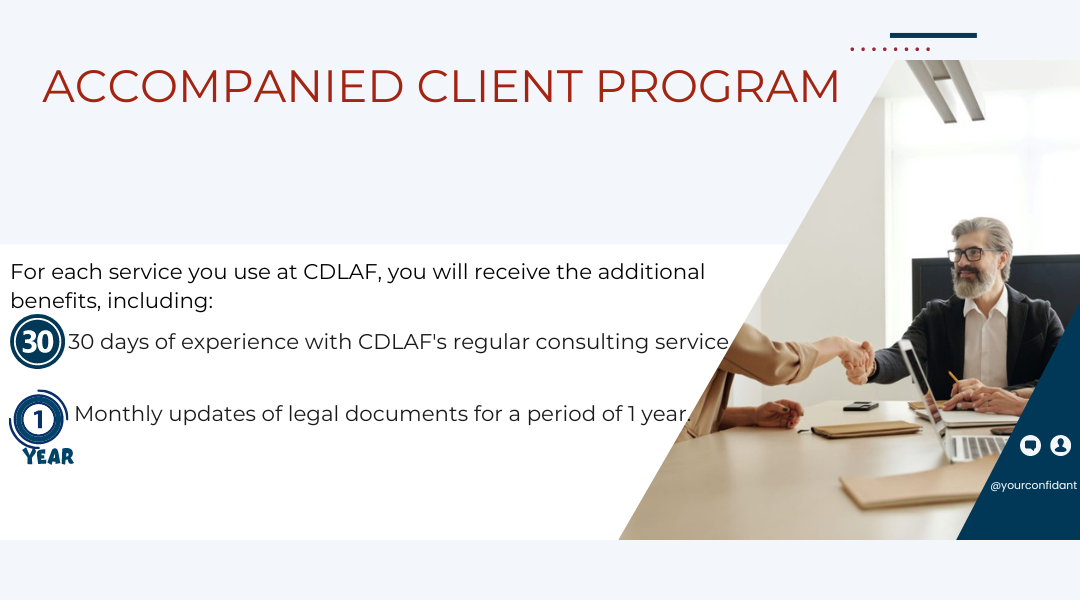Transfer of contributed capital in a multi-member limited liability company when members have not yet contributed enough capital is a topic that always attracts the attention of many business people and investors. Currently, the establishment and development of an enterprise not only require creativity and business vision but also strong capital resources to promote sustainable development. However, there will be some cases where the initial members have not fulfilled their commitment to fully contribute capital within the period prescribed by law.
According to the regulations, when realizing that a member has not performed their capital contribution commitment, the company shall take the necessary steps to adjust the capital according to the actual amount of contribution. However, there are still cases where the enterprise does not strictly control the capital contribution, leading to the fact that instead of adjusting the capital reduction, some members have transferred the capital to a third party, even when that member’s capital contribution has not been completed. To know more about how to handle when members have not completed their capital contribution as well as the consequences of transferring capital when they have not contributed enough, the following article will help you gain a better understanding of this issue.

1. Regulations on capital contributions for a multi-member limited liability company
Pursuant to Article 47 of the Law on Enterprises 2020, the charter capital of a multi-member limited liability company when registering for the establishment of an enterprise is the total value of the contributed capital of the members committed to contributing and stated in company regulations.
Members shall contribute capital to the company in full and with the right type of assets committed when registering for enterprise establishment within 90 days from the date of being granted the Enterprise Registration Certificate, excluding the time of transportation, and importation of assets for capital contribution, and perform administrative procedures to transfer ownership rights to assets. During this period, members have rights and obligations in proportion to the committed capital contribution. Members of the company may only contribute capital to the company with an asset other than the committed asset if it is approved by more than 50% of the remaining members.
After the legal time limit mentioned above, if members have not yet contributed capital or have not fully contributed the committed capital contribution, they shall be handled as follows:
- Members who have not contributed capital as committed are certainly no longer considered members of the company;
- Members who have not contributed the committed capital contribution shall have the rights corresponding to the contributed capital;
- The uncontributed capital portion of members shall be offered for sale in accordance with resolutions and decisions of the Members’ Council.
- In case some members have not contributed capital or have not fully contributed the committed capital amount, the company shall register to change the charter capital, the proportion of the capital contribution of the members to the amount of capital equal to the contributed capital within 30 days from the last day for fulfilling the required capital contribution according to regulations.
- Members who have not contributed capital or have not fully contributed the committed capital amount shall be responsible proportionate to the committed capital contribution for the financial obligations of the company arising in the period before the date of registration of the charter capital change and the proportion of the capital contribution of the members.
2. What to do when a member transfers capital without fulfilling the obligation to contribute capital?
Members only have rights corresponding to the contributed capital they have fulfilled. This means that the right to transfer capital contributions will also be granted based on the amount of contributed capital that the member has fully contributed. In other words, the member is allowed to transfer the entire contributed capital if the member has fully contributed, the member only contributes a part, then the member is allowed to transfer that corresponding part to a third party.
If a member transfers the capital contribution but has not actually fulfilled the capital contribution, then the transfer transaction can be considered invalid. However, in the event that the transferee’s information has not been recorded in the Enterprise Registration Certificate, the adjustment will be quite simple. On the contrary, when the transaction is completed, the transferee information has been recorded on the Enterprise Registration Certificate, the handling will not be simple. In this case, the enterprise will need to obtain a handling opinion from the Department of Planning and Investment, in some cases the enterprise is forced to request the court declare the transfer transaction invalid. Based on the judgment of the Court, enterprises shall perform procedures for adjusting information at the Department of Planning and Investment. Besides, the inspection of enterprises along with fines is unavoidable.
For both foreign and domestic investors, before conducting any transaction of receiving capital contributions or purchasing shares, we always recommend that the buyer carefully examine all relevant documents to determine the level of capital contribution of the transferor. Whether the transferor has completed the capital contribution if it is a transaction involving the transfer of the entire contributed capital, shares, or whether the transferor has contributed in full with the intended capital to be transferred. All of these are questions and doubts that the transferee and the buyer need to ask and have specific answers to, along with clear and legal proof.
Time of writing: 30/05/2023
The article contains general information which is of reference value, in case you want to receive legal opinions on issues you need clarification on, please get in touch with our Lawyer at info@cdlaf.vn

Why choose CDLAF’s service?
- We provide effective and comprehensive legal solutions that help you save money and maintain compliance in your business;
- We continue to monitor your legal matters even after the service is completed and update you when there are any changes in the Vietnamese legal system;
- Our system of forms and processes related to labor and personnel is continuously built and updated and will be provided as soon as the customer requests it;
- As a Vietnamese law firm, we have a thorough understanding of Vietnam’s legal regulations, and grasp the psychology of employees, employers, and working methods at competent authorities;
- CDLAF’s team of lawyers has many years of experience in the field of labor and enterprises, as well as human resources and financial advisory.
- Strict information security procedures throughout the service performance and even after the service is completed.
You can refer for more information:
- Establishment of Enterprise in Vietnam, What Foreign Investors Need to Consider (Part 1)
- Establishment of Enterprise in Vietnam, What Foreign Investors Need to Consider (Part 2)
- Procedure for Foreign Investor to contribute capital, purchase shares in the enterprise in Vietnam.
- The enterprise with opening and using direct investment capital account
- Avoiding the risks when leasing the office in Vietnam – some recommendations
- Foreign Investors provide Employment Services in Vietnam
- Franchise in Vietnam (Part 1)
- Franchise in Vietnam (Part 2)
- Foreign investor doing hotel business in Vietnam
- Regulations on capital contribution for Shareholder and Member
- Business conditions for foreign investor in the education service in Vietnam (Part 1)
- Business conditions for foreign investor in the education service in Vietnam (Part 2)
- Business Conditions for advertising services for foreign investor in Vietnam
- Methods for enterprise to effectively control and debt management
- Reduction of Principal for Customers







